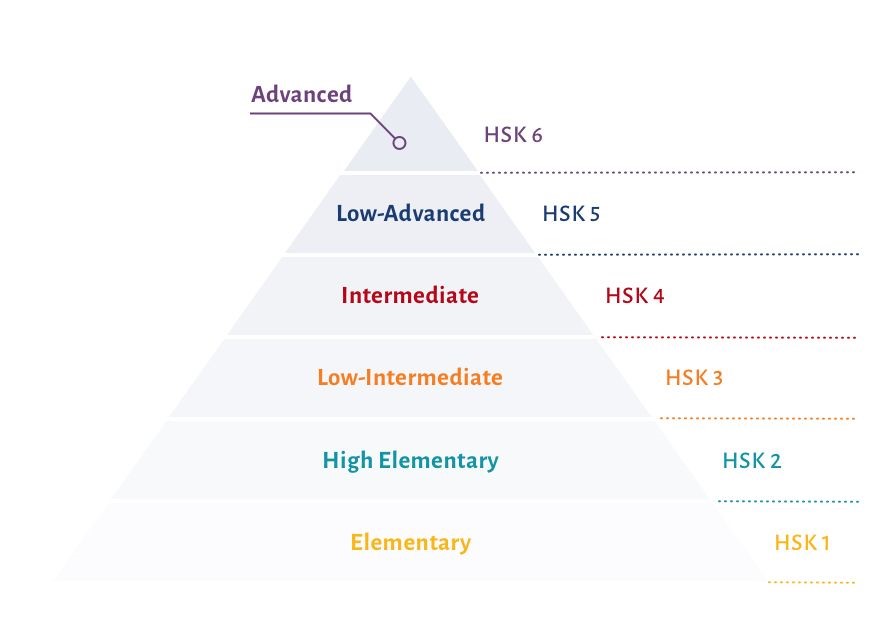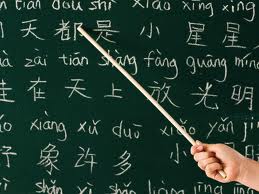So, you’ve decided to learn the Chinese language. The first thing to do is learn the pinyin, or correct pronunciation. You can check out the Chinese Pronunciation Wiki, or watch YouTube videos of a native speaker to coach you in pronunciation. Trying to pronounce Chinese characters without the proper pinyin can be a difficult task, and using the wrong characters as your crutches can be crippling.

Before you begin studying the language, it’s important to find out how much time you have. If you’re working with a tight schedule, you might only be able to spend 15 minutes a day. However, if you have a full day of study, that’s fine. The more enjoyable the process is, the faster you’ll learn. Remember that a 30 minute daily study session is better than three to four hours a week. Make the practice routine a ritual and you’ll be more likely to make it a daily activity.
After you understand the fundamentals of the language, you should start by practicing the characters. Generally speaking, you should begin with the most common Chinese words and phrases. You can look up the stroke order and read out the words by ear. Once you have mastered the basic vocabulary, you can start using them to form sentences. As long as you know how to say each word, you can make progress. The Chinese writing system is so complex that most people aren’t sure where to start.
Once you’re ready to learn the Chinese language, you can start with simple vocabulary. After you’ve completed the basics, you’ll be able to move on to more advanced topics. For example, you can try learning the sounds and rhythms of the Chinese language. These are not difficult to learn, but they’ll take you longer than other languages. In order to understand the meaning and pronunciation of the words and phrases, you must practice them on a daily basis.
After you’ve mastered the Chinese characters, you can begin working on vocabulary. Then, you’ll be able to write and understand the words. You’ll also learn the tones before moving on to the next level. After you’ve learned the tones, you’ll want to begin learning the vocabulary. In the first week, you should focus on writing the tones of words. You can find a video on how to write characters by watching Fiona’s video on her website.
If you’re a native English speaker, you may need to work on the tones of the Chinese language. You must practice these tones in your first week to learn how to speak Chinese. It’s also important to read and listen to the language because the sounds and the words are very different from English. Therefore, you must spend a lot of time listening and reading before you can begin to speak. It’s not a simple process.
To learn the tones of Chinese, you need to practice the language’s tones. Tones are essential for reading and speaking, and you should practice them every day. Tones are essential for making sentences. Then, you should focus on vocabulary. By studying the tones of Chinese, you’ll be able to create more useful phrases. When you’ve mastered the tones, you can focus on learning vocabulary.
Once you’ve mastered the tones of Chinese, you can move on to learning the tones of words. If you’re looking to learn the tones of Chinese words, you can start with the tones of your voice. In addition to the tones, you can record your voice and repeat the words slowly. This will help you learn to understand the tones and rhythm of the language. This will help you learn how to speak Chinese better.
As you can see, it’s not difficult to learn the tones of Chinese. The key is to focus on the tones of the language. During the first week, you should focus on learning the tones of the language. You can follow the video instructions on the tones of the Chinese characters by repeating them. A good way to learn tones is to record the tones of the words you’re trying to pronounce. Then, you can practice your pronunciation by using the tones of your chosen tones.



